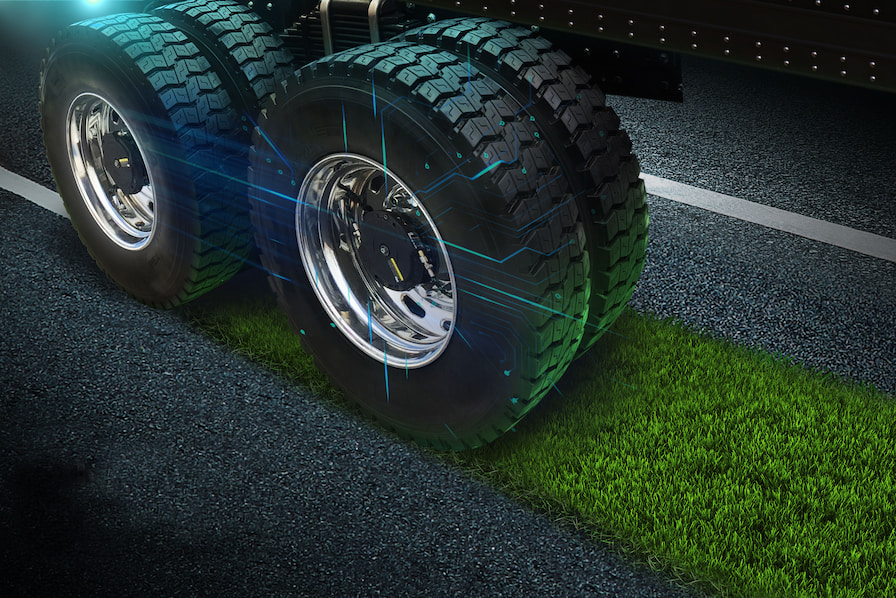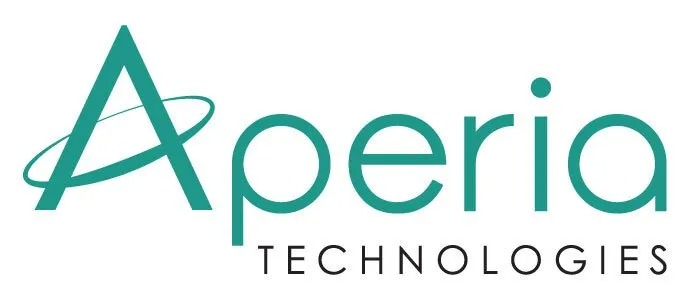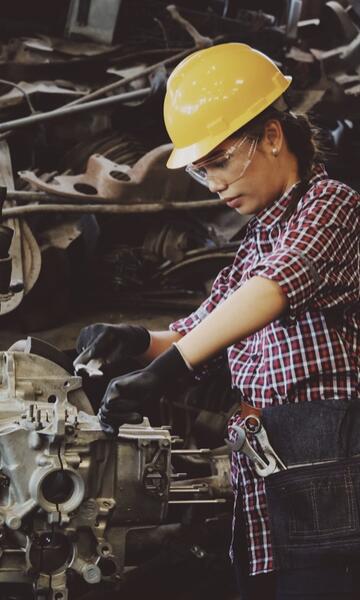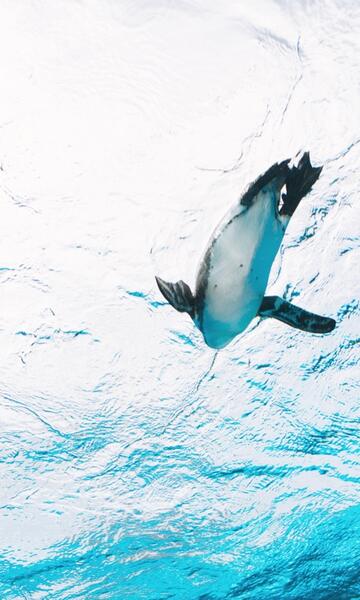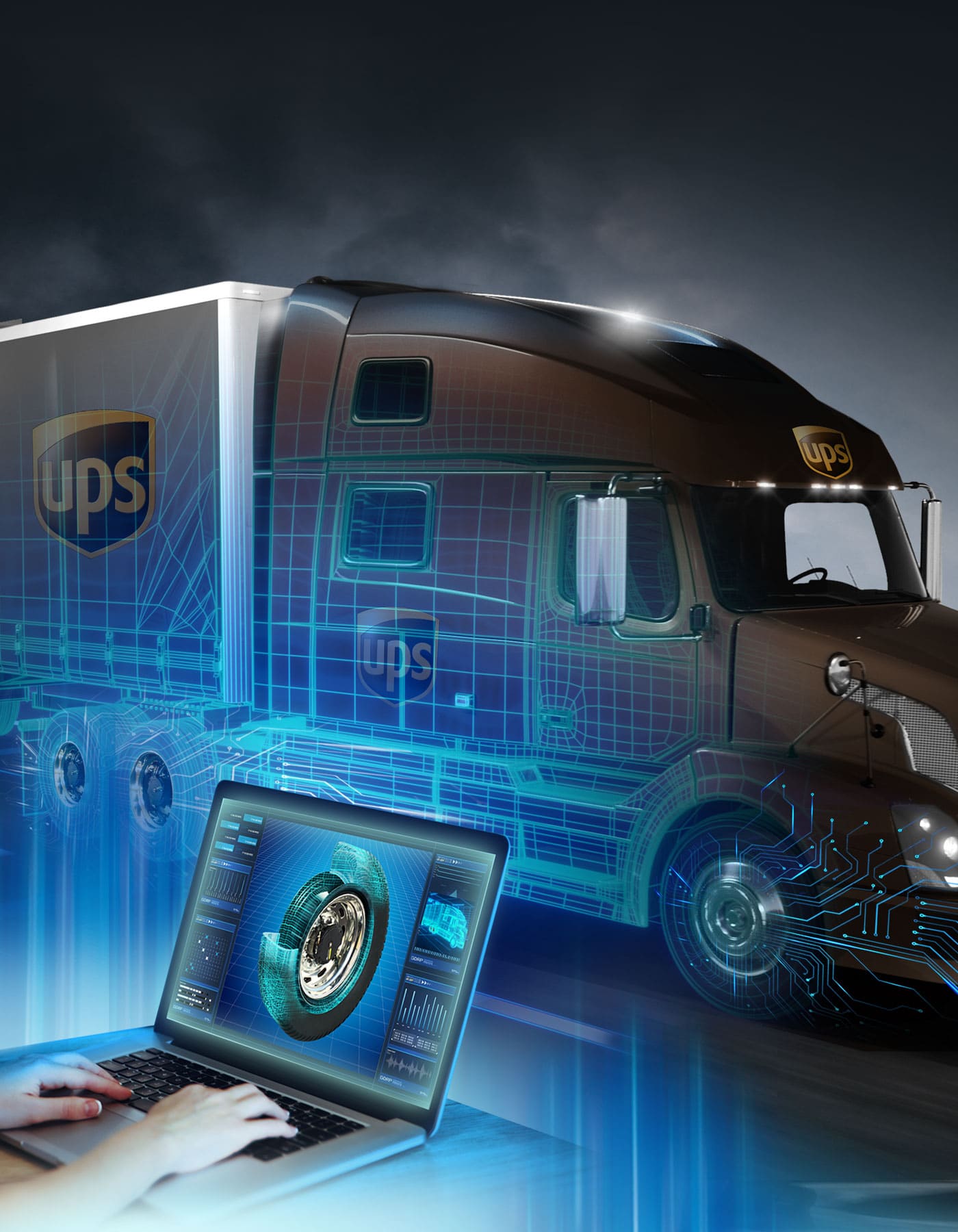What Does Aperia Technologies Do?
Aperia Technologies innovates to make transportation more efficient, safer, and better for the environment. The company pairs Halo-branded self-powered tire pressure automation hardware with a machine-learning tire analytics platform to deliver powerful operational, safety, and environmental improvements that scale across vehicle architectures. Aperia offers the most comprehensive, user-friendly line-up of tire management solutions to commercial fleets worldwide, with nearly a million tires under management.
Customer Value Proposition
Reactive tire management practices prevalent with trucking fleets are proven to lead to chronic tire underinflation and operational inefficiencies. Every year, trucking fleets waste billions of dollars manually managing tires, which is the leading cause of asset downtime. Aperia’s Halo Tire Management platform eliminates tire underinflation while providing actionable tire health insights. According to Aperia, the combination delivers meaningful fuel (1-2%), tire life (15-20%), and uptime improvements with a rapid ROI (8-24 months).
Climate Impact
Aperia is on a mission to make transportation more sustainable. Recognition by the Environmental Protection Agency, Cool California, Acterra, and others suggests the company is on the right track. By eliminating tire underinflation, Halo reduces tire rolling resistance for improved fuel economy and reduced emissions and extends tire life.

